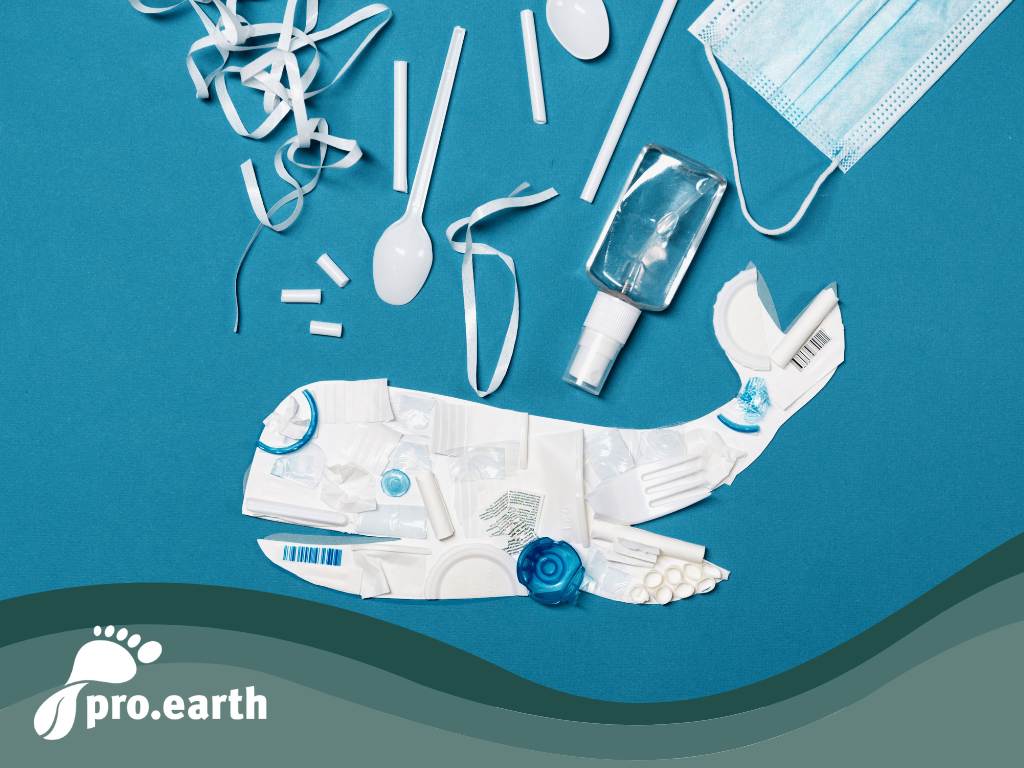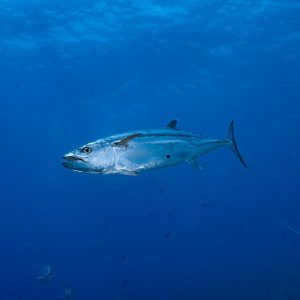Facts on global plastic consumption

We live in the age of plastic. Plastic is everywhere, in the eternal ice as well as on the highest mountains and the deepest oceans. With the second round of negotiations for a global plastics agreement currently taking place in Paris, we want to present some important facts about plastic pollution, which we have taken mainly from the UN Environment Program.
https://news.pro.earth/2023/05/27/wir-brauchen-ein-weltweites-plastikabkommen/
Fact check
- Since the 1970s, the production of plastics has increased faster than that of any other material. If historical growth trends continue, global production of primary plastics is expected to reach 1,100 million tons by 2050.
- Around 36 percent of all plastics produced are used for packaging, including single-use plastic products for food and beverage packaging, of which around 85 percent end up in landfills or as unregulated waste.
- It is predicted that greenhouse gas emissions associated with the production, use and disposal of conventional fossil fuel-based plastics will increase to 19 percent of the global carbon budget by 2040.
- There is also a worrying shift towards single-use plastic products, i.e. items that are intended to be thrown away after a single short use.
- Of the seven billion tons of plastic waste generated worldwide to date, less than 10 percent is recycled. Millions of tons of plastic waste are lost in the environment or are sometimes transported thousands of kilometers, where they are usually incinerated or landfilled. The estimated annual loss in value of plastic packaging waste during sorting and processing alone amounts to 80 to 120 billion US dollars.
- Cigarette butts - whose filters contain tiny plastic fibers - are the most common type of plastic waste found in the environment. Food packaging, plastic bottles, plastic bottle caps, plastic bags, plastic straws and stirrers are the next most common items. Many of us use these products every day without thinking about where they might end up.

- Despite current efforts, there are currently an estimated 75 to 199 million tons of plastic in our oceans.
- It is estimated that 1,000 rivers are responsible for almost 80% of the world's annual plastic emissions from rivers to the sea, ranging from 0.8 to 2.7 million tons per year, with small urban rivers being among the biggest polluters.
- If we don't change how we produce, use and dispose of plastic, the amount of plastic waste entering aquatic ecosystems could almost triple from 9-14 million tons per year in 2016 to an expected 23-37 million tons per year in 2040. How does the waste get there? Much of it comes from the world's rivers, which carry the waste directly into lakes and oceans.
-
A large proportion of the world's marine litter and plastic pollution originates in Asia. China is responsible for 27.7 percent of all plastic waste that ends up in the sea, followed by Indonesia with 10.10 percent and the Philippines with 5.98 percent - in 2019, the CounterMEASURE project collected data in Southeast Asia and India to monitor and assess the entry of plastics from land into waterways such as rivers and canals or discharge into the sea
- Most plastic items never disappear completely, but break down into smaller and smaller pieces. These microplastics can enter the human body through inhalation and absorption and accumulate in the organs. Microplastics have been found in our lungs, livers, spleens and kidneys. In a recent study, microplastics were found in the placenta of newborn babies. The full extent of the impact on human health is still unknown. However, there is ample evidence that chemicals associated with plastics, such as methylmercury, plasticizers and flame retardants, can enter the body and are associated with health problems.
https://news.pro.earth/2022/10/17/wieviel-mikroplastik-nehmen-wir-jede-woche-zu-uns/
https://news.pro.earth/2022/10/17/wie-erkenne-ich-mikroplastik-in-produkten/






